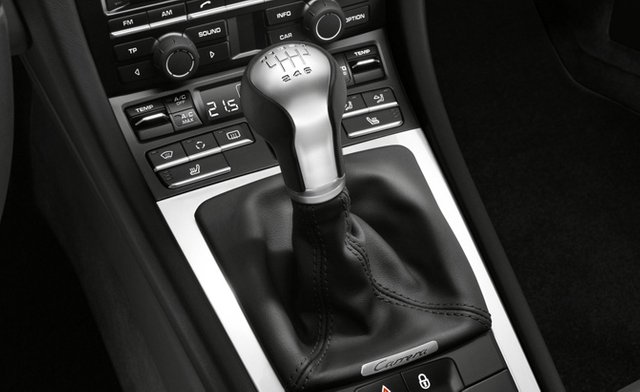TRANSMISSION - CONVERTING ENGINE POWER TO WHEEL MOTION
Introduction to Transmission
We learned from our previous post how power is generated from the engine; if you are interested in finding out, check here. Now, let's take a deeper look into how that power is sent to the wheels.
This post will cover
- Components that make the wheel rotate
- Car gears
- Why you need more than one gear

To begin with, let's have a general idea of how power converts to motion of wheels.
AIR & FUEL COMBUSTION => PISTON STROKES => CRANKSHAFT ROTATION => TRANSMISSION => DRIVE SHAFT ROTATION => WHEEL ROTATION

(*for simplicity, we'll use the mechanism for rear wheel drive. Others may have additional components)
Transmission simply means gear shifter. After piston strokes generate torque on crankshaft, it rotates the driving gear attached to it. The driving gear clings to driven gear, say 1~6, where the number of wheel rotation is dictated.

Each gear has teeth and number of the teeth varies by gears. Say driving gear has 10, the first gear 30, and the sixth gear 5 teeth (for simplicity, let's disregard gear 2~5). In gear 1, if driving gear makes one full turn, the driven gear only does 1/3 of a turn, 10÷30. Similarly, if you are in the sixth gear, as driving gear makes full turn, you driven gear rotate twice, 10÷5=2. So with same number of rotation of driving gear, fixed RPM, the first gear rotates less than the sixth gear, resulting in less wheel turns, hence, less distance traveled.
Now, you might be wondering, why can't we have one gear instead of having six gears? Because RPM cannot increase indefinitely. There is a limit to RPM called redline where if exceeds, a vehicle parts fall apart.
To illustrate this, there's a bit of calculation involved. I know all Steemitans can get through this without a problem. Let's dig in.
At the wheels, there's a part called differentials where it adjust the rotation of wheels with respect to rotation of gear. This adjustment is constant regardless of the gear you are in, for this calculation, say your differential adjustment is 3.5. So when your gear is making 3.5 turns, you wheel rotates only once. As a result, in order to make a full wheel rotation, you engine (driving gear) has to make 3.5 (differential) x 3 (ratio of driven gear to driving gear) = 10.5 turns.
Similary, when your in the 6th gear, for full one wheel rotation, 3.5x0.5=1.75 revolution of engine (driving gear).
Now, we are going to compare the top speed of 1st and the 6th at the redline.
Your diameter of your tire is 24 inch. So, one rotation of wheel moves the vehicle 75.36 inches (24 x π = 75.36)
Redline is at 6,000 RPM = 360,000 RPH (this rotational rate is that of driving gear)
Running on 1st gear @ redline :
360,000÷10.5=34,286 rotations of wheel per hour.
So, 34,286x75.36= 2,583,770 inches per hour. => 40.8 mph
With similar calculation, in the sixth gear your top speed is 245 mph at your redline.
To conclude, at an engine's highest RPM, a vehicle's top speed is at 40.8 mph in the first gear and 245 mph in the 6th gear. So, if you install only the first gear, your top speed is limited to 40.8 mph.
Good work! After all that brain teasing calculation, your curiosity still kicks in, and you might be wondering how gear shifts work. That we'll be touching in the next post.
On to the next one.
One Line Summary
Transmission, specifically a set of gears, dictates how fast wheels rotate and depending on a gear you are in, your maximum speed differs.
